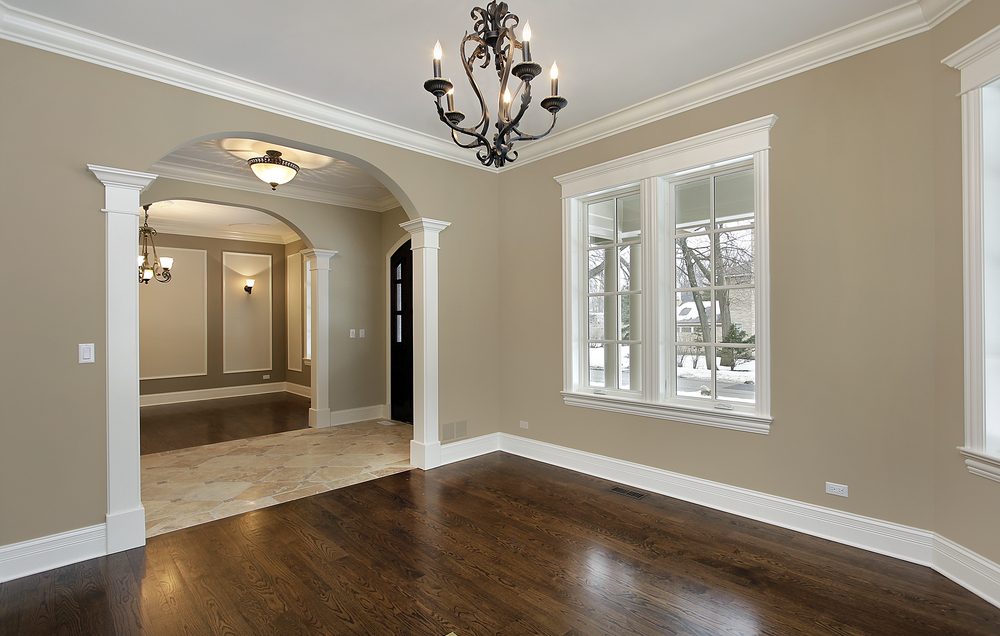
How to Paint Brick the Right Way: A Step-by-Step Guide
Posted on September 13, 2019
Brick seems like a good idea for style, but it can make a room feel dark. If you’re unhappy with aesthetic of your brick, inside or outside, there’s an easy way to update it. Painting brick can give your whole room or house a new feel. It’s important to know how to paint it correctly to get the best outcome and longevity. Here’s how to paint brick the right way with a step by step guide.
Preparation
Cleaning brick is arguably the most important step in your task. Use a wire brush and soapy water to scrub down and dirt, grime or efflorescence (the streaky white deposits on brick). If you find you can’t get the dirt and marks completely removed, try a trisodium phosphate cleanser mixed with water according to the manufacturer’s directions. When working with this, it’s important to protect surrounding plants, flooring and wear safety gloves and goggles. Once you’ve gotten the brick cleaned, rinse it down and allow it plenty of time to dry out.
Now is a good time to look for any cracks or structural issues that could require repairing. If you find areas of concern, consult a professional for the repairs. If there are no visible issues, move ahead to taping off areas you don’t want to get paint on.
Paint
When you are painting bricks, it’s important to use a latex primer first. Priming will give you the best outcome on the paint and allow it to hold up longer. Let the primer dry completely before you move on. Then use rollers or brushes at your discretion to apply a paint that is made for masonry. If you are painting a fireplace, it’s important to shop for a heat proof paint that will withstand the hearth warmth.
While rolling paint, keep a brush nearby to push extra paint into cracks and areas that are missed. It’s easier to fix this problem while the paint is still we than to try to correct it when it’s dry. Professionals will recommend a second coat, especially if you are changing colors.
Tips and Tricks
If your brick is in relatively good condition, consider staining it rather than painting. This allows the natural beauty of brick to show through the stain while amping up the quality of color.
Never paint damaged or wet brick. You should always be working with a clean and dry area that is in good condition. Otherwise, your paint could cause more damage or only band-aid the problem.
Cleaning brick before painting is important, but it should be noted that acid cleaners will damage the stone. You’ll end up with a much more costly repair job.
Small cracks in brick and stone can be repaired with acrylic caulk. Larger cracks may require the eyes of a professional.
If you’re still interested in painting your brick but it seems like a big job, why not bring in some help. Our professional painters are here to create a beautiful outcome on your painting project. Call us today to set up a free, in-home estimate.





